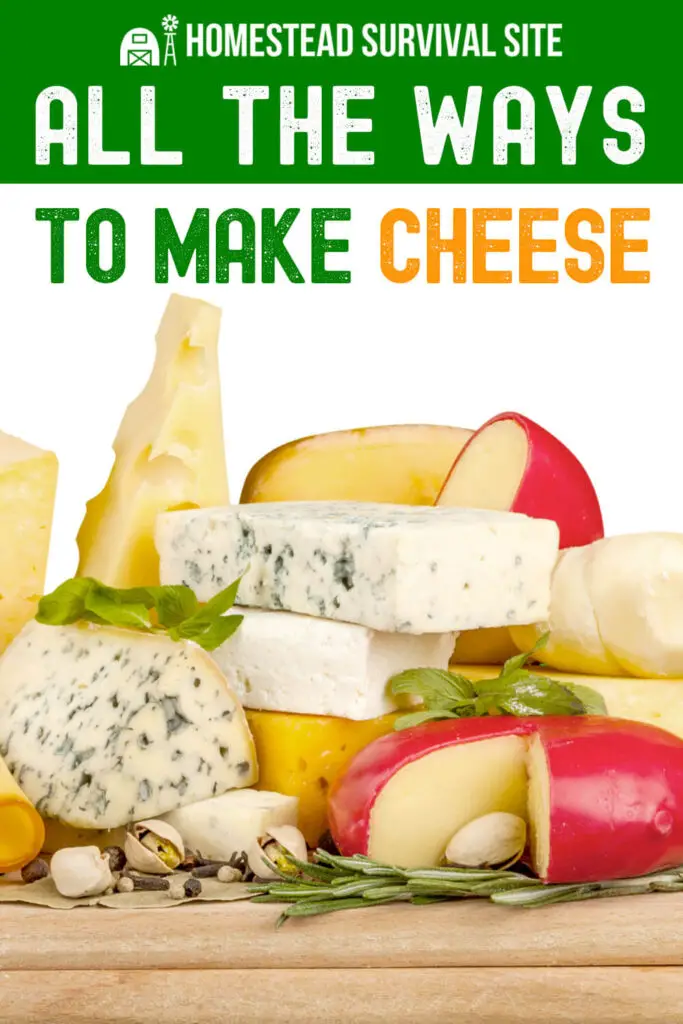Estimated reading time: 18 minutes
Cheese is not something people want to live without. In today’s world, we’re used to buying our cheese from the refrigeration department in our grocery stores. It only lasts a few weeks before it’s moldy and unappetizing. But when you think back to medieval times, they had cheese without refrigeration. They made it without the fancy machines we have today.
You can go back to the ways of our ancestors and learn to make cheese, so you never have to worry not having cheese. Embracing the art of cheese-making allows you to savor the flavors of homemade varieties.
By rediscovering the traditional methods of cheese production, you not only gain control over the quality and freshness of your cheese but also you know you’ll always have fresh cheese, no matter what might happen down the road.
There are many different types of cheese you can make based on what you have available, including refrigeration. To prepare yourself for cheesemaking, you’ll need a few basic supplies.
Want to save this post for later? Click Here to Pin It On Pinterest!

- Thermometer
- Cheesecloth
- Rennet
- Large stainless steel pot
- Cheese mold
- Cheese press
- Curd cutter (a sharp knife could work for some)
- Milk (typically cow’s milk but goat milk is an option for some cheeses)
- Cheese cultures
- Cheese wax
- pH strips
- Basting brush
- Salt
- Fresh herbs (optional)
Not all cheese will need all of these supplies. Along with the basic supplies, it’s a good idea to have some books on hand. You may not always have access to the internet with your saved recipes.
Here are a few books that have been praised for their excellent instructions.
- Home Cheese Making, 4th Edition: From Fresh and Soft to Firm, Blue, Goat’s Milk, and More; Recipes for 100 Favorite Cheeses
- The Beginner's Guide to Cheese Making: Easy Recipes and Lessons to Make Your Own Handcrafted Cheeses
- Home Cheese Making: Recipes for 75 Homemade Cheeses
- The Art of Natural Cheesemaking: Using Traditional, Non-Industrial Methods and Raw Ingredients to Make the World's Best Cheeses
Cheesemaking typically follows the same process. However, the type of cheese you’re going to make will require different herbs added or preservation processes. The list below includes the basic steps to making cheese.
√ Choose Milk

Start with fresh, high-quality milk. The type of milk (cow, goat, sheep) will affect the flavor and texture of the cheese.
√ Sanitize Equipment

Ensure that all equipment, utensils, and containers are clean and sanitized. This helps prevent unwanted bacteria from contaminating the cheese. This is a critical step in the process.
√ Warm the Milk

Heat the milk to a specific temperature, usually between 85-105°F (29-40°C). The exact temperature depends on the type of cheese you're making.
√ Add Starter Culture

Introduce a starter culture or beneficial bacteria to acidify the milk. This helps in the fermentation process and gives the cheese its unique flavor. The type of culture will vary based on the cheese variety.
√ Coagulation

Add rennet, an enzyme that causes the milk to coagulate. This forms curds and whey. Allow the curds to set for a specific amount of time, typically 30-60 minutes.
√ Cut and Stir the Curds
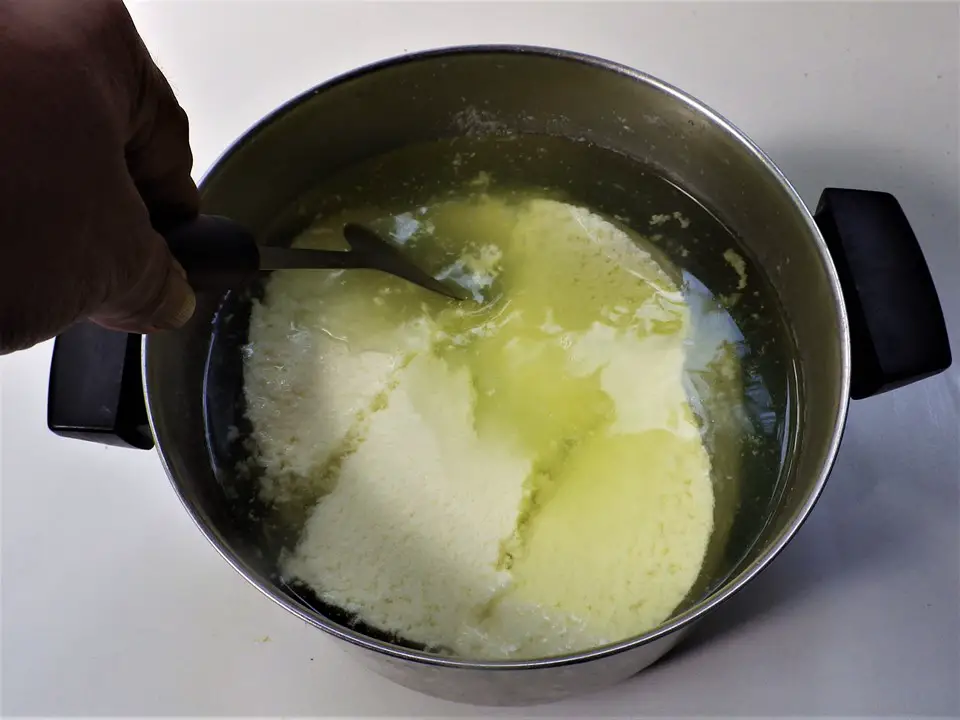
Once the curds have formed, cut them into smaller pieces to release whey. Stirring helps with this process. The size of the curds will depend on the type of cheese.
√ Cook the Curds

Gently heat the curds to expel more whey. The temperature and duration of cooking depend on the cheese variety.
√ Drain the Whey

Separate the curds from the whey. This can be done by draining through a cheesecloth or a fine mesh strainer.
√ Press the Curds

Press the curds into a mold to shape the cheese. The pressure and time vary, influencing the texture and moisture content of the final product.
√ Salt the Cheese
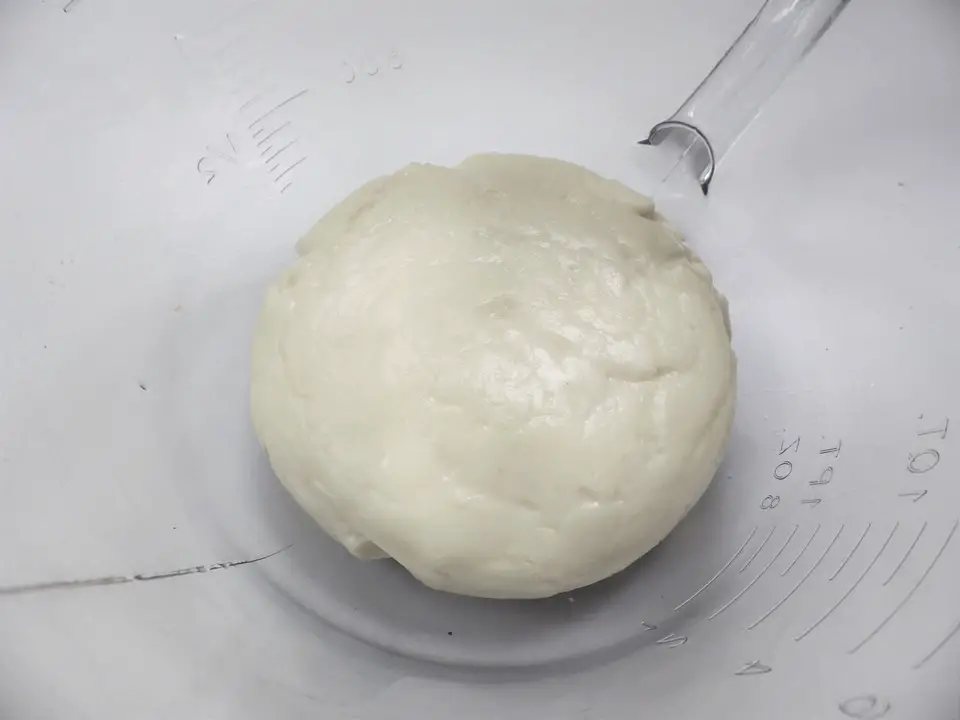
Rub salt on the surface of the cheese or add it to the curds during the process. Salt enhances the flavor, acts as a preservative, and can affect the texture.
√ Aging (optional)

Some cheeses require aging to develop their flavors and textures. This process can take weeks to months, depending on the type of cheese.
36 Cheeses
Now you are ready to delve into the world of cheesemaking. There are hundreds of types of cheeses. The following list are some of the more popular varieties. Making cheese at home is something that requires some practice. Don’t expect that first ball, spread or round to come out perfect the first time. It takes trial and error.
1. Asiago

Asiago is a semi-hard Italian cheese with a nutty and fruity flavor, ranging from mild to sharp as it ages.
2. Brie

Brie is a soft and creamy French cheese with a mild, buttery taste and a bloomy rind.
3. Burrata

Burrata is an Italian cheese known for its creamy, mozzarella-like exterior and a rich, soft center filled with cream and curd.
4. Caerphilly

Caerphilly is a crumbly and tangy Welsh cheese with a mild flavor, often enjoyed at different stages of maturity.
5. Camembert

Camembert is a creamy and moist French cheese with a velvety rind, offering a buttery and earthy taste.
6. Cheddar

Cheddar is a versatile and widely popular cheese originating from England, featuring a firm texture and a sharp, tangy flavor that intensifies with age.
7. Colby

Colby is a mild and semi-hard American cheese, similar to cheddar, with a softer texture and a milder taste.
8. Cotija

Cotija is a crumbly Mexican cheese with a salty and sharp flavor, commonly used as a topping for various dishes.
9. Dunlop

Dunlop is a Scottish cheese with a smooth texture and a mild, nutty taste, often compared to a mellow cheddar.
10. Edam

Edam is a Dutch cheese known for its distinctive round shape and mild, nutty flavor, typically enjoyed at various stages of maturity.
11. Emmental

Emmental is a Swiss cheese recognized for its characteristic holes, Emmental has a mild and nutty flavor, making it a popular choice for melting.
12. Epoisses

Epoisses is a pungent and creamy French cheese with a strong aroma, Epoisses is known for its soft, washed-rind and intense, savory taste.
13. Feta

Feta is a crumbly and tangy Greek cheese, Feta is made from sheep's or goat's milk, offering a salty and briny flavor.
14. Fontina

Fontina hails from the Italian Alps, Fontina is a semi-soft cheese with a buttery texture and a mild, nutty taste, often used in fondues.
15. Gorgonzola

Gorgonzola is an Italian blue cheese with a crumbly and creamy texture, Gorgonzola boasts a sharp and tangy flavor profile.
16. Gouda

Gouda is a Dutch cheese available in various ages, Gouda is known for its smooth and creamy texture, with a mild to nutty taste.
17. Gruyere
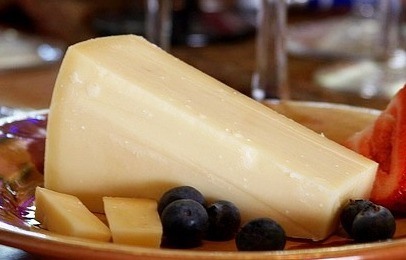
Gruyère is a Swiss cheese recognized for its excellent melting properties, Gruyère has a nutty and sweet flavor, often used in dishes like fondue.
18. Havarti

Havarti is a Danish semi-soft cheese with a buttery and creamy texture, Havarti offers a mild and slightly tangy taste.
19. Jarlsberg

Jarlsberg is a Norwegian cheese similar to Emmental, Jarlsberg is characterized by its sweet and nutty flavor, often enjoyed as a snacking cheese.
20. Leerdammer

Leerdammer is a Dutch cheese with a mild and nutty taste, Leerdammer is a semi-hard cheese often compared to Emmental but with a sweeter profile.
21. Limburger

Limburger is a pungent and strong-smelling cheese from Belgium, Limburger is known for its creamy texture and robust, tangy flavor.
22. Manchego
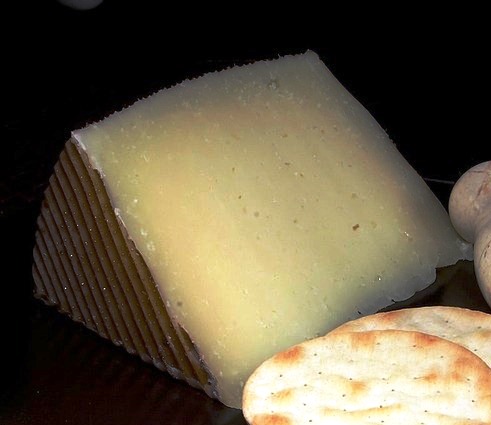
Manchego is a Spanish cheese made from sheep's milk, Manchego has a firm texture and a nutty, savory taste, often enjoyed at different levels of aging.
23. Mascarpone
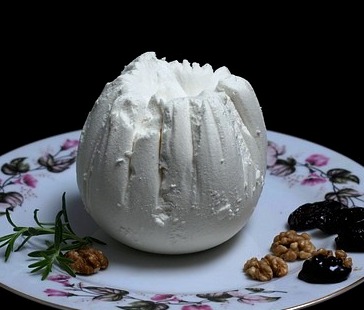
Mascarpone is an Italian cream cheese with a rich and velvety texture, Mascarpone is commonly used in desserts and adds a luscious, sweet flavor.
24. Mozzarella

Mozzarella is an Italian cheese with a soft and elastic texture, Mozzarella is widely used in pizza and Caprese salads, offering a mild and milky taste.
25. Munster
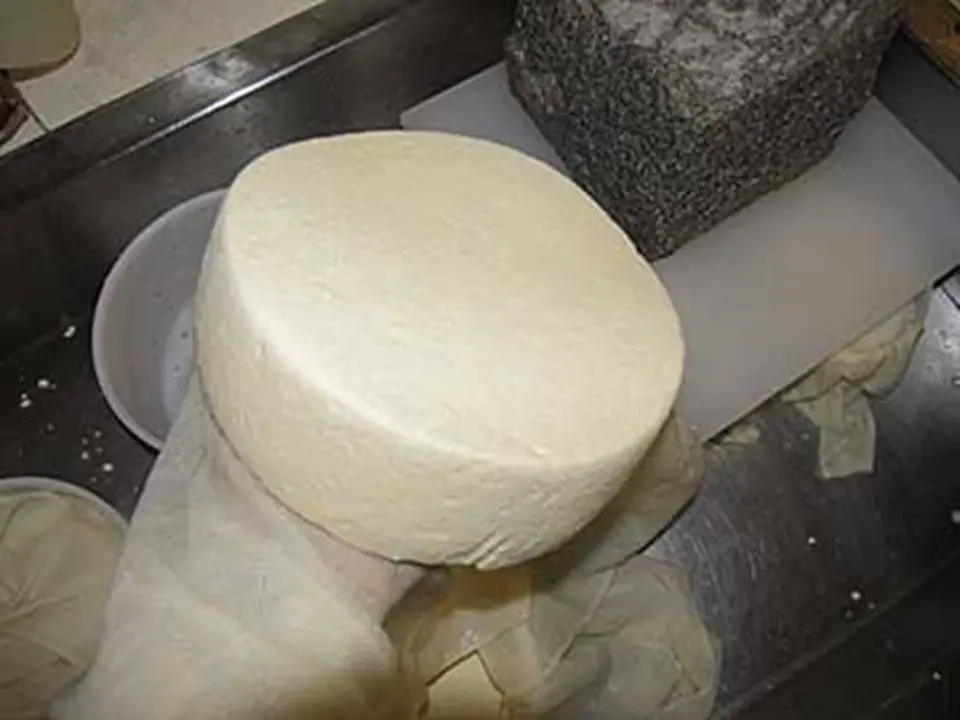
Munster is a French cheese with a strong aroma and creamy texture, Munster features a full-bodied, tangy flavor that becomes more pronounced with age.
26. Paneer

Paneer is an Indian cheese commonly used in vegetarian dishes, Paneer has a firm and crumbly texture, absorbing the flavors of the dishes it's cooked in.
27. Parmesan
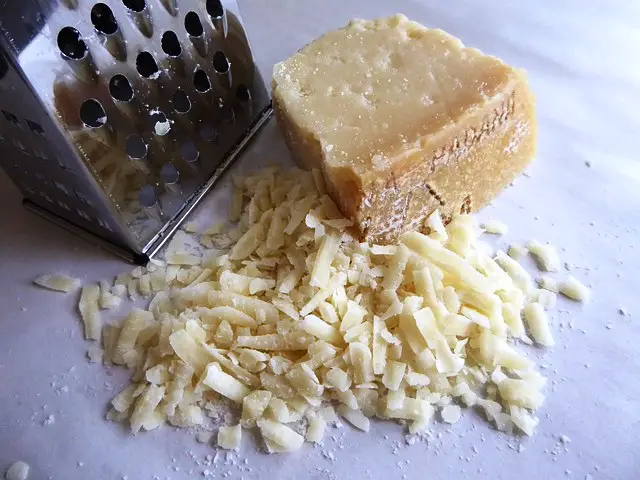
Parmesan is an Italian cheese known for its granular texture and umami-rich, savory taste, Parmesan is often grated and used as a topping.
28. Pecorino

Pecorino is an Italian cheese made from sheep's milk, Pecorino comes in various varieties, offering a tangy and salty flavor, particularly when aged.
29. Provolone

Provolone is an Italian semi-hard cheese with a smooth texture, Provolone has a mild to sharp taste and is often used in sandwiches and melting.
30. Reblochon

Reblochon is a French cheese with a creamy texture and a mild, nutty flavor, Reblochon is commonly used in tartiflette, a traditional Alpine dish.
31. Ricotta
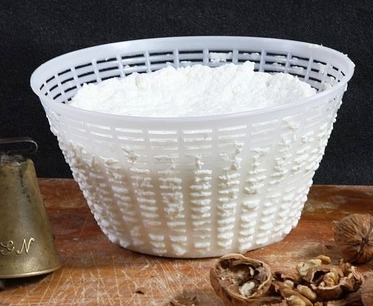
Ricotta is an Italian whey cheese with a fresh and creamy texture, Ricotta has a mild, slightly sweet taste, and is often used in both savory and sweet dishes.
32. Roquefort

Roquefort is a French blue cheese made from sheep's milk, Roquefort is characterized by its crumbly texture and sharp, tangy flavor.
33. Stilton

Stilton is an English blue cheese with a crumbly texture and a bold, robust flavor, Stilton is known for its distinct blue veins.
34. Swiss
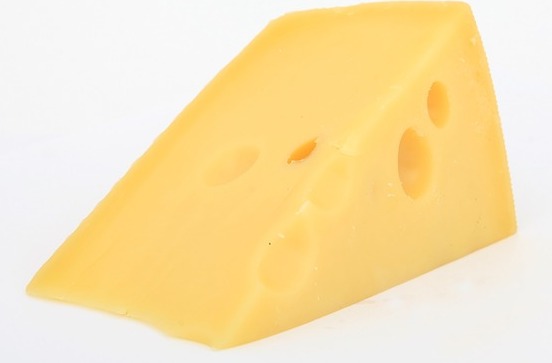
Swiss is a cheese variety from Switzerland, Swiss cheese is characterized by its holes (eyes) and has a nutty, sweet flavor.
35. Tetilla

Tetilla is a mild and creamy Spanish cheese with a distinctive breast-like shape, Tetilla is made from cow's milk and is often enjoyed as a table cheese.
36. Vacherin d'Abondance

Vacherin d'Abondance is a French cheese with a semi-soft texture and a nutty, fruity flavor. It is made from cow's milk and is commonly used in fondues.
And There’s More…
This is just a fraction of the cheeses you can make in your kitchen. When you learn how to make your own cheese, you are opening the door to new recipes and flavors that are sure to please your family.
Like this post? Don't Forget to Pin It On Pinterest!
You May Also Like:



